How Long Does it Take to Sail from New Zealand to Tahiti?
Sailing from New Zealand back across the Pacific is a challenging route. You can do it, but if you just point your boat at Tahiti and start sailing you'll be in for a long, slow, and bumpy ride. The optimal route is longer, but easier and more comfortable to sail.
The optimal route for wind patterns is about 2,600 nautical miles (nm) from Opua New Zealand to Papeete. If you can maintain an average speed of six knots, this will take you about eighteen days nonstop.
But you might be ready for a stop before then.
| Average Boat Speed | Approximate Days to Sail |
|---|---|
| 4 Knots | 27 Days |
| 5 Knots | 22 Days |
| 6 Knots | 18 Days |
| 7 Knots | 15 ½ Days |
| 8 Knots | 13 ½ Days |
| 10 Knots | 11 Days |
| 15 Knots | 7 ½ Days |
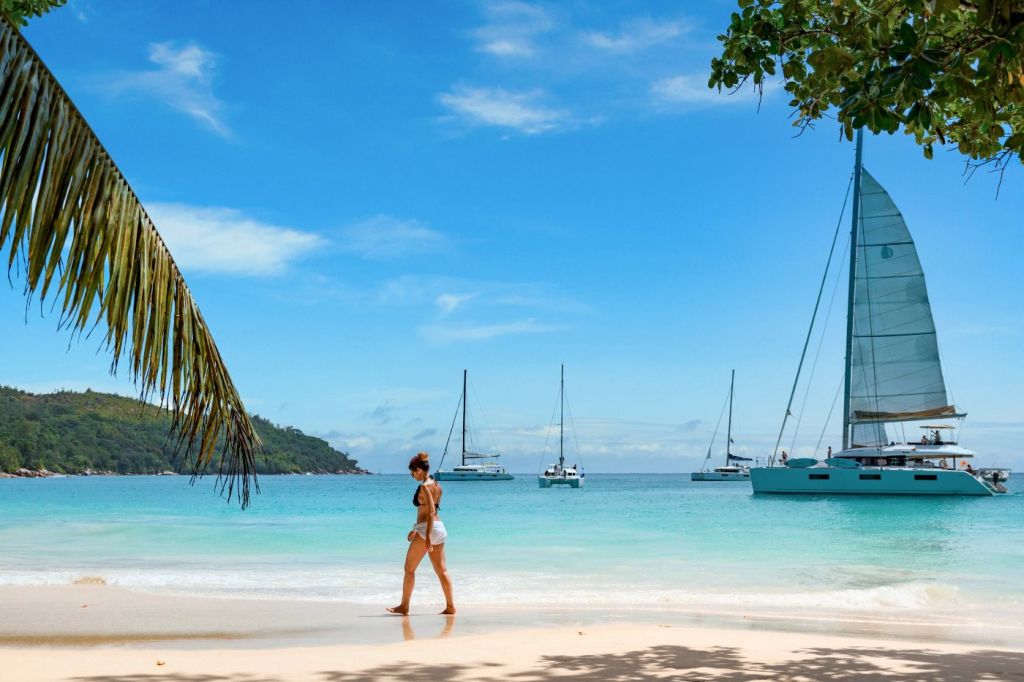
While a line drawn between these two points is several hundred nautical miles shorter, you don't want to sail that way, and we'll show you why.
Why This Trip is Longer Than it Looks
In the southern hemisphere, trade winds consistently blow from the southeast. Sailing out of New Zealand, if you head straight for Tahiti you will sail into easterly winds before long. Much of your trip will be upwind against 15-20 knots of breeze.
Beating to windward while tacking back and forth is fine on a racecourse with a bunch of crew sitting on the rail to keep the boat flat. Offshore for days on end, it's exhausting, uncomfortable and slow. Most long haul cruisers would rather sail a few hundred miles out of the way to get a better passage.
Dodging the Trades
South of the trade winds you'll find a more variable band of weather and wind, with more westerlies. As you approach 40°S westerly winds become more prevalent and give a better sail.
The recommended route is to sail almost due east, with a little south added in. If you can get a little more southerly, you can get into good westerlies to carry you away from New Zealand. Once you get far enough, you can turn north and sail across the trades instead of into them.
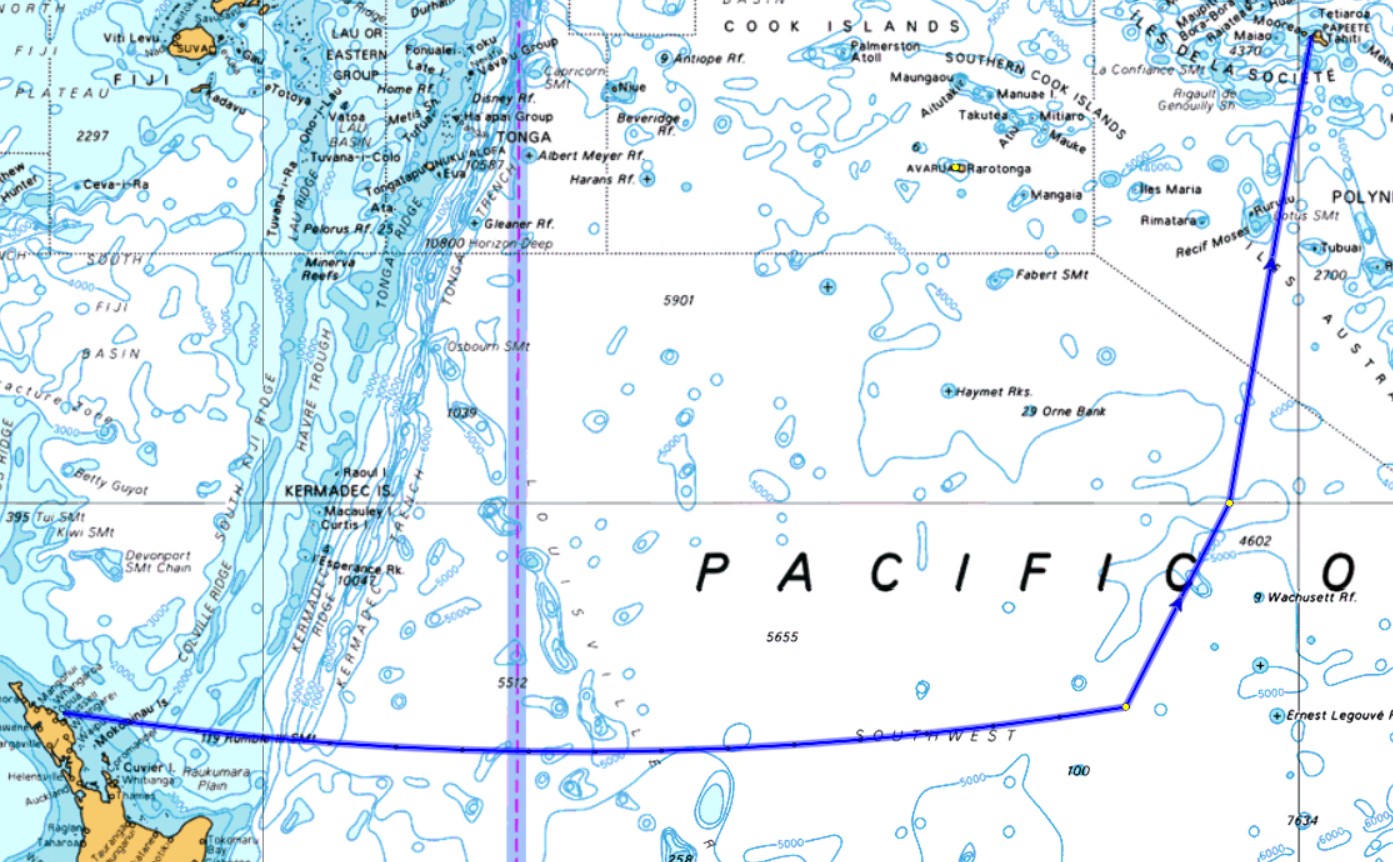
This results in a course where you head out from New Zealand and head east-southeast for almost 1,500 miles before you turn north, resulting in a course like the one in the image above.
The first leg is curved and more southerly because it's a Great Circle Route, and the leg is long enough to see the curve. It looks longer than a straight line, but it isn't. If you look, you'll see a series of waypoints where my charting software placed intermittent points to plot the great circle instead of a longer "straight" line.
A great circle route is the shortest distance between two points on the surface of a sphere. It's a line on a circle that goes through the center of the sphere and both points, like the equator, or lines of longitude. Maps are distorted representations, and the curve of the earth isn't noticeable on short trips. But on long trips you need to pay attention.
EXPERIMENT: draw two dots far apart on an orange, then draw a straight line between them. Peel the orange (without breaking the line!) and press the peel flat on the table. You'll see your straight line was really curved. If you slice the orange exactly in half through the center along the line you drew instead of peeling it, the cut edge is a great circle.
Sailing South and Turning North
The choice of how far east to sail before you turn north, and how far south to sail in the first place, is up to the captain, and will vary from year to year with the weather. Some years the westerlies are down below 40°S, and other times you can ride them to 32°S. Much further north though, and you pick up the trades. You're looking for westerly winds, so study long-term forecasts for the season where possible before you leave.
Opua, NZ lies at 35°S, and 35°S is as far north as you want to go most years. Given the planned course, leaving from anywhere in New Zealand is fine for this trip. The further south you start, the less south you have to sail, and some cruisers will head down to Auckland or further before leaving. Your choice of departure point is limited to places you can clear out of New Zealand, including Opua, Whangarei, Auckland, and Tauranga in the north island, and Picton and Lyttleton in the South.
What if I Just Sail the Rhumb Line Anyway?
There's nothing to stop you from sailing straight for Tahiti from New Zealand, however the recommended route is uncomfortable, with lots of upwind sailing, some gales, and it can be an arduous trip.
This route is recommended because it is easier and more comfortable than sailing straight at Tahiti. So you can try it, but the odds are it will not be any quicker if even you shave a few hundred miles off. And if you have to do a lot of upwind sailing, you may sail just as far anyway tacking back and forth across the trades.
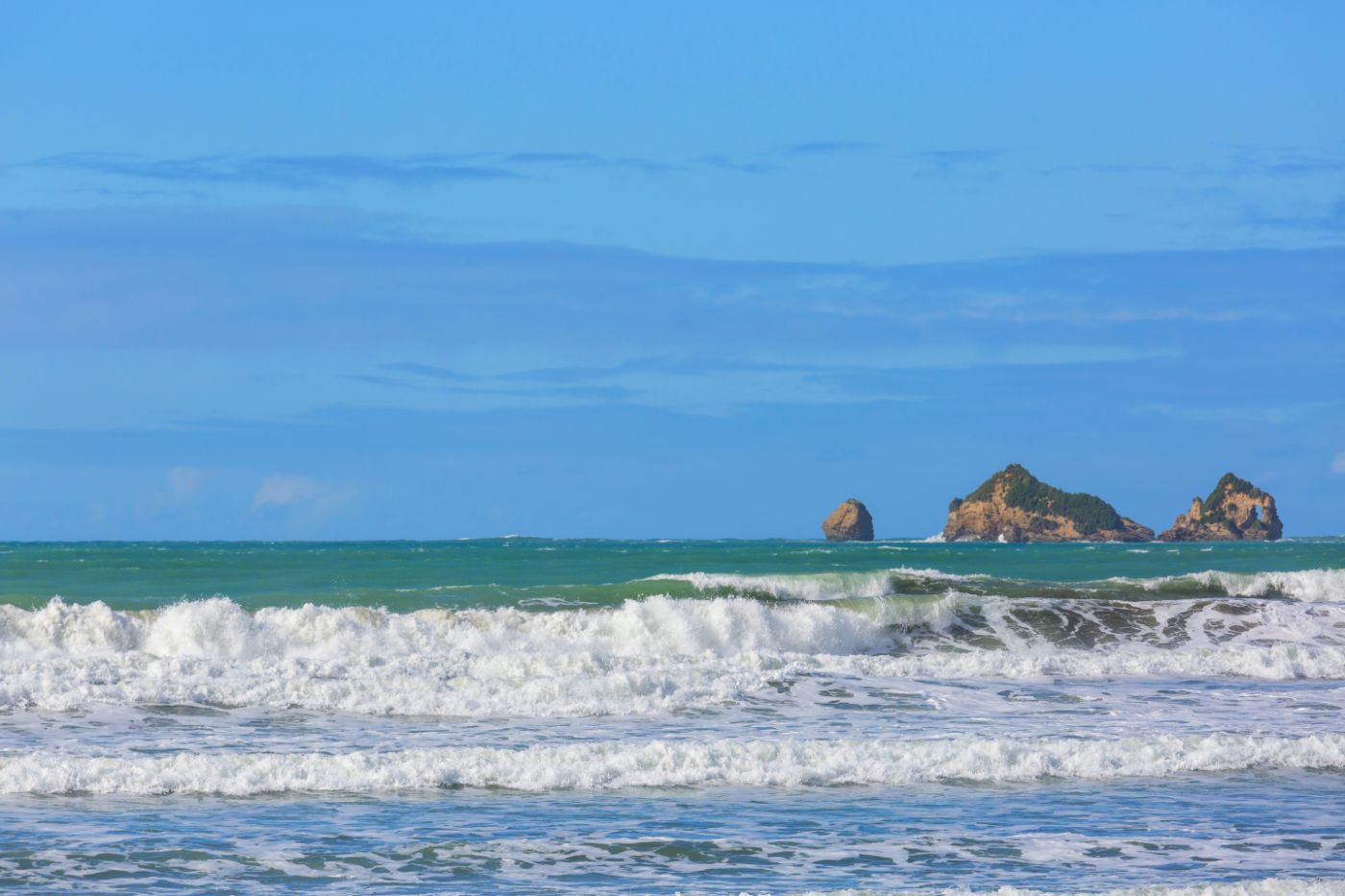
When to Leave - a Bumpy Cold Ride
New Zealand is temperate most of the year, with mild winters in North Island. And Tahiti is a tropical paradise. So why do you need to pack base layers and long underwear?
The best times to leave for this trip are during the southern hemisphere winter, when cyclones are not a risk. April through October are fine in Tahiti, but those months can be chilly in New Zealand and down right cold offshore. And you will sail south, where it's colder still. Offshore cold penetrates and chills and you have little for heat without consuming a lot of power unless you have a diesel heater.
For this reason, people prefer to leave earlier in the fall than in the dead of winter. Also, the later you leave the more likely you are to run into a winter storm before you turn north. Most who have made this passage encounter some sort of gale, and you don’t want more of that than you have to.
The other reason to leave earlier is to maximize your time in French Polynesia. Cruising there is like no place in the world and worth the effort.
Stopping Along the Way
The recommended route takes you through the Austral archipelago along the way, and many sailors opt to stop and clear into French Polynesia at an entry point on Tubuai, Mataura, or one of the other entry point islands. After days or weeks of pounding north from New Zealand, stopping as soon as possible in a warm, tropical paradise is beyond tempting.
If sailing to Tahiti to continue on to Hawaii or North America, many cruisers will head for the Marquesas. You can do this directly by continuing to sail east before you make the turn north, but if you have the time in your visa, it's much more pleasant to clear in as soon as possible and atoll hop through French Polynesia.
Paperwork and Visas
Citizens of the EU do not need visas to stay for up to eighteen months in French Polynesia. Other nationalities will have limits - in most cases three months - without applying for a long stay, or "long séjours" visa.
In the past, the French government would not accept long stay visa applications from within French Polynesia, so you have to apply before you get there. The application process takes 4-8 weeks (or more) because passports and paperwork have to be sent to foreign stations for evaluation. There are rules about where you can apply from, and they vary from which country you are in. There are also time rules about when you can apply; from most countries you have to apply within ninety days of arrival in French Polynesia, which makes timing your application a neat trick with that 6-8 week processing time.
For foreign cruisers, rules about applying from your "country of residence" are also problematic, since we've often not visited our home countries for months or years before applying . We ran afoul of this in the French Embassy in New Zealand and had to forego applying for a long stay visa at the time we wanted to. So check the French Polynesian immigration website and find the rules the country you plan to apply from well in advance to make sure you've given yourself enough time.
In the past, French Polynesia has required all incoming sailors (and crew) to have ongoing passage - proof of a flight booked and/or funds to fly out of the country if the need arises. An agent can arrange a bond for this, which is less expensive than buying a refundable airfare, though you don't get the cost of the bond back.
Preparing for Your Passage
This is a long trip, and it can take you longer than expected because you might hit bad weather and wind on the nose. So you need to take a few things into consideration.
- Food, Water, and Supplies. You've got to carry extra, enough for half again or even twice your expected passage time. Even if you plan to stop in the Australs and shorten the first leg, you need to plan food to Tahiti since the Australs are not a great place to re-provision. Food is expensive, and quantity and variety is limited.
- Fuel. Upwind sailing is slower and uncomfortable, but no wind at all for days can be worse. A planned trip of 2,600 miles is longer than the motoring range of most sailboats. Take extra jerry cans if you can lash them on the rail. The Australs are not much better on refueling than they are on food, so you don't want to show up there with nothing fumes.
- Warm clothing and good foulies. It gets cold offshore, bring layers. Wool stays warm when it's wet, and many artificial blends are light and warm. Avoid cotton. And don't scrimp on foul weather gear, you may be living in it for the first 1,500 miles of the trip.
- Visas and paperwork. I can not stress enough how important it is to plan ahead for this. When we tried to apply for a long stay visa from New Zealand, the French Embassy would not take our application until we'd been in New Zealand for ninety days. They told us we should have applied "from our home country" even though we sailed from Australia and couldn’t apply from there.
- Monitor the Pandemic situation. In the next six to twelve months there will be many rule changes for incoming travelers, and even when borders fully re-open we may not see the same relative laxity for arriving vessels. Incoming cruisers are also often the last to be addressed, as we've seen in both New Zealand and French Polynesia.
- Consider working with an agent. You don't need an agent to sail to Tahiti, but an agent can be a huge help in these uncertain times. They will stay abreast of the latest developments, and if any rule changes happen while you are at sea, they can act on your behalf to keep you compliant when you arrive. We used an agent crossing the other way, and she saved us no end of hassles on everything from importing parts to getting duty free fuel and invalidating our clearance when we had to return to Tahiti with mechanical troubles.
- Reach out to the Pacific Puddle Jump The PPJ rally, a loose collection of sailors headed to French Polynesia all at the same time that coordinate. If it's running again, they will have an arrangement with a competent agency at a reasonable cost.
Pandemic Impact
At the time of this writing, most discussion about this trip is academic, since border closures in both New Zealand and French Polynesia make this trip nearly impossible if you want to stop in either place.
From Tahiti Tourisme:

Any arrivals in French Polynesia by air require testing and isolation, though tourist travel is supposed to be opening the policy does not apply to arriving by sailing yacht. Similarly, New Zealand's maritime borders are closed to foreign pleasure vessels except for returning citizens until further notice.
Hopefully, we will see an easing of restrictions in the South Pacific over the next year so we can all travel again.
Did you find the answer to your specific question?
👍 13 👎 1
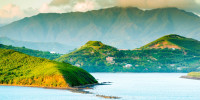
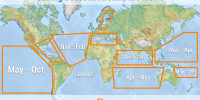

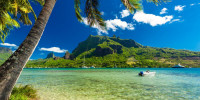
Comments
philip hemmings
I wont to live on bord, but need some advice what would be a good yacth to buy, for a old vovice guys
Leave a comment